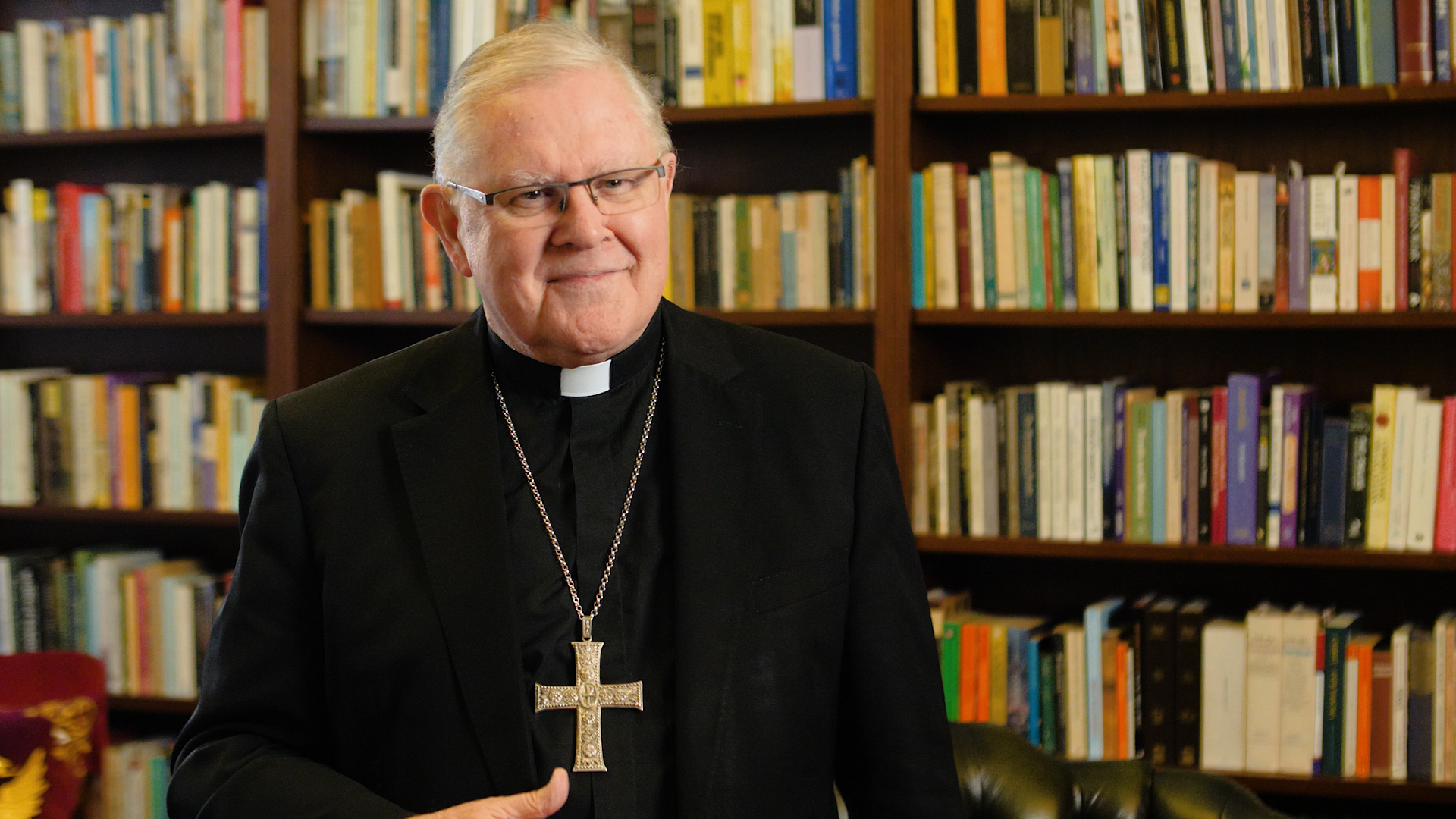The Cathedral of St Stephen
“Church bells pealed, long separated family members and friends fell into each other’s arms and complete strangers embraced”: so wrote the New York Times in November 1989 when the Berlin Wall came down, bringing the Cold War to an end. From Berlin to Brisbane we celebrated, thinking that the spectre of the twin apocalypse of World War I and World War II had finally been laid to rest.
But the recent horrors in Ukraine have shown dramatically that the spectre is still on the loose. The virus is still upon us; it never dies. Late in his novel The Plague, when the crowd is celebrating the plague’s end, Albert Camus writes that, in their rejoicing, they did not know “that the plague bacillus never dies or vanishes entirely, that it remains dormant for dozens of years, that it waits patiently in bedrooms, cellars, trunks, handkerchiefs and old papers, and that the day will come when … the plague will once again rouse its rats and send them to die in some well-contented city”.
In our own well-contented city, that knowledge has quelled the rejoicing lately as the rats of war have been roused once again and sent to die. Peace, then, can never be taken for granted; it is always a task. The lethal bacillus always lurks.
Yet just as the virus of war never dies, so too those who have died in war, and are dying now, never really die. They live on insofar as we take up the sacred task not only of defending peace but of making peace. They die only if we refuse that task and choose instead to make war.
Coming here on this Anzac Day, celebrating resurrection between the dawn service and the march, we commit ourselves, more than ever in this fraught time, to being not warmongers but peacemongers, so that, however often the rats are roused, the dead may never die.
